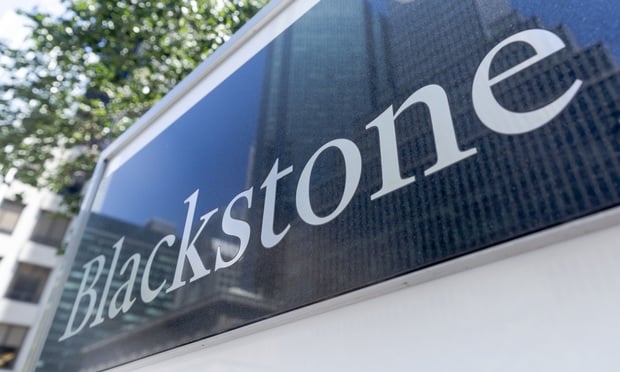While COVID-19 has affected nearly every aspect of commercial real estate in one way or another, one of the most fundamental consequences has been in lending, where strategies are being adjusted for a post-pandemic environment. Many lenders are facing substantial headwinds and as a result, underwriting criteria has become more conservative, according to a recent report by Marcus & Millichap.
This conservative stance has resulted in fewer options for some borrowers. While liquidity has remained ample, loan to-value ratios contracted as the health crisis unfolded, now resting in the 50 to 70% range, depending on the deal and borrower. Debt service coverage ratios have also shifted, rising to the 1.6 to 1.9% range. In some cases, more weight is placed on the strength and experience of the borrower than the asset itself.
Even in the multifamily space, where government-sponsored enterprises have been active, debt service reserves are now often required for multifamily mortgages and most underwriting assumes no rent growth for roughly two years. In addition, assumptions surrounding operating expenses, vacancies, market concession rates and supply trends are being closely examined by lenders, leading some to shift focuses to more pandemic-resilient investments.
Recommended For You
Want to continue reading?
Become a Free ALM Digital Reader.
Once you are an ALM Digital Member, you’ll receive:
- Breaking commercial real estate news and analysis, on-site and via our newsletters and custom alerts
- Educational webcasts, white papers, and ebooks from industry thought leaders
- Critical coverage of the property casualty insurance and financial advisory markets on our other ALM sites, PropertyCasualty360 and ThinkAdvisor
Already have an account? Sign In Now
*May exclude premium content© 2025 ALM Global, LLC, All Rights Reserved. Request academic re-use from www.copyright.com. All other uses, submit a request to [email protected]. For more information visit Asset & Logo Licensing.








